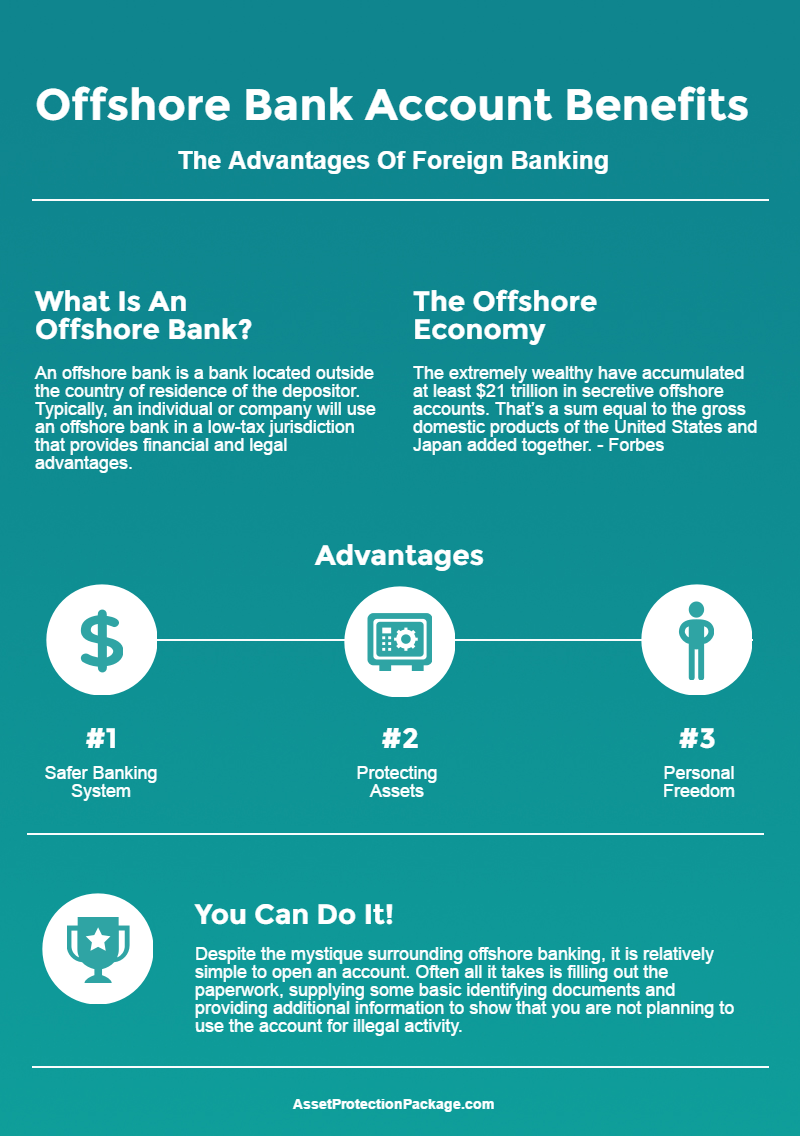
Canadian investors have many options in mutual funds. You can also invest in GICs and actively managed funds. These financial products are sold by banks that are members of the Investment Industry Regulatory Industry of Canada. Investors who are unable or unwilling to manage their portfolios or have to handle taxes will be able to take advantage of these active investment options.
Actively managed funds
Canada's growing popularity of actively managed mutual funds is a result. Canadian investors are looking for higher returns and low interest rates. These funds offer investors access to the market at a low cost and no commission to purchase or sell. Active managers can also provide diversification and professional portfolio administration. In addition, active managers give investors access both to domestic and global markets. Actively managed funds are able to avoid market corrections, outperform and even "avoid", market corrections.
Canada's exchange-traded fund market is dominated by active investors. Active management is crucial for producing alpha and the desired return of a fund. Actively managed ETFs in Canada have also been gaining popularity, now making up one-quarter of the ETF market in Canada. These funds can also be excellent choices for self-directed investors.

GICs
While mutual funds and GICs offer different investment options, both offer guaranteed income. Mutual funds are riskier, but they offer higher returns. GICs on the other hand offer guaranteed income and minimal maintenance. However, there are several factors to consider before investing in either type of mutual fund.
While both types of investments have high potential returns, both types come with drawbacks. GICs can't be withdrawn with no penalty. GICs can also take up valuable space in an investment portfolio and reduce the performance of other investments. GICs are a good way to save high-interest cash. However, GIC interest rates are heavily influenced by the prime interest rate of the Bank of Canada, which has been lacklustre in recent years. GICs are still able to offer a better rate than savings accounts. Mutual funds, on other hand, pool money of many investors and invest it into stocks, bonds, or even ETFs.
LYZ800F
The LYZ800F is a stock fund of medium size that invests in stocks at affordable valuations. It also targets bonds that have low interest rates sensitivity, and a long history of strong returns. Manulife, a financial firm best known for their insurance products, manages the Canadian fund. Its MMF8644 fund is an investment in stocks and bonds in Canada. This fund has a solid track record and a substantial asset base.
There are many mutual funds in Canada. However, it is important to assess the performance of mutual fund over the long-term. This will help you determine if they meet your needs. A fund that has an impressive 10-year annualized return is a safe bet for most investors. All Canadian banks stock a wide range of mutual funds, so it's easy to find one that fits your investment goals.

MMF8644
A Canadian Mutual Fund (MMF) is an investment fund that invests in securities. These investments can include stocks as well as bonds. There are several different types of mutual fund in Canada. The Canadian Equity Fund has a broad portfolio of stocks that includes both Canadian and foreign stocks. It also invests on bonds, but is considered a medium high-risk fund.
Canadian fixed income is another type of fund that is common in Canada. This category includes mutual funds that invest in Canadian bonds. Beutel Goodman Canadiancore plus bond fund is one of these examples. It has a long track history and has great long-term performance. Although this fund invests primarily in Canadian bonds with average quality, it is still considered a moderate risk fund. The TD Canadian corporate bond fund is another popular Canadian fund. This mutual fund provides excellent long-term performance and is a staple within most fixed-income investment plans.
FAQ
Do I need an IRA to invest?
An Individual Retirement Account is a retirement account that allows you to save tax-free.
IRAs let you contribute after-tax dollars so you can build wealth faster. They offer tax relief on any money that you withdraw in the future.
For those working for small businesses or self-employed, IRAs can be especially useful.
Many employers offer matching contributions to employees' accounts. So if your employer offers a match, you'll save twice as much money!
How can I manage my risks?
Risk management means being aware of the potential losses associated with investing.
It is possible for a company to go bankrupt, and its stock price could plummet.
Or, a country could experience economic collapse that causes its currency to drop in value.
You could lose all your money if you invest in stocks
Remember that stocks come with greater risk than bonds.
A combination of stocks and bonds can help reduce risk.
Doing so increases your chances of making a profit from both assets.
Spreading your investments among different asset classes is another way of limiting risk.
Each class has its unique set of rewards and risks.
For instance, stocks are considered to be risky, but bonds are considered safe.
So, if you are interested in building wealth through stocks, you might want to invest in growth companies.
You might consider investing in income-producing securities such as bonds if you want to save for retirement.
Should I purchase individual stocks or mutual funds instead?
Mutual funds can be a great way for diversifying your portfolio.
They may not be suitable for everyone.
You should avoid investing in these investments if you don’t want to lose money quickly.
You should opt for individual stocks instead.
Individual stocks give you more control over your investments.
You can also find low-cost index funds online. These allow you to track different markets without paying high fees.
How can I make wise investments?
An investment plan is essential. It is important to know what you are investing for and how much money you need to make back on your investments.
Also, consider the risks and time frame you have to reach your goals.
This will help you determine if you are a good candidate for the investment.
Once you have chosen an investment strategy, it is important to follow it.
It is best to invest only what you can afford to lose.
What are the types of investments available?
There are many options for investments today.
Some of the most loved are:
-
Stocks - A company's shares that are traded publicly on a stock market.
-
Bonds – A loan between parties that is secured against future earnings.
-
Real estate - Property that is not owned by the owner.
-
Options - The buyer has the option, but not the obligation, of purchasing shares at a fixed cost within a given time period.
-
Commodities – These are raw materials such as gold, silver and oil.
-
Precious Metals - Gold and silver, platinum, and Palladium.
-
Foreign currencies - Currencies other that the U.S.dollar
-
Cash - Money that is deposited in banks.
-
Treasury bills – Short-term debt issued from the government.
-
Commercial paper is a form of debt that businesses issue.
-
Mortgages - Loans made by financial institutions to individuals.
-
Mutual Funds: Investment vehicles that pool money and distribute it among securities.
-
ETFs: Exchange-traded fund - These funds are similar to mutual money, but ETFs don’t have sales commissions.
-
Index funds – An investment strategy that tracks the performance of particular market sectors or groups of markets.
-
Leverage - The use of borrowed money to amplify returns.
-
Exchange Traded Funds (ETFs) - Exchange-traded funds are a type of mutual fund that trades on an exchange just like any other security.
These funds are great because they provide diversification benefits.
Diversification can be defined as investing in multiple types instead of one asset.
This helps you to protect your investment from loss.
Statistics
- Most banks offer CDs at a return of less than 2% per year, which is not even enough to keep up with inflation. (ruleoneinvesting.com)
- They charge a small fee for portfolio management, generally around 0.25% of your account balance. (nerdwallet.com)
- As a general rule of thumb, you want to aim to invest a total of 10% to 15% of your income each year for retirement — your employer match counts toward that goal. (nerdwallet.com)
- Over time, the index has returned about 10 percent annually. (bankrate.com)
External Links
How To
How to invest and trade commodities
Investing is the purchase of physical assets such oil fields, mines and plantations. Then, you sell them at higher prices. This is known as commodity trading.
Commodity investing works on the principle that a commodity's price rises as demand increases. When demand for a product decreases, the price usually falls.
When you expect the price to rise, you will want to buy it. You want to sell it when you believe the market will decline.
There are three major types of commodity investors: hedgers, speculators and arbitrageurs.
A speculator buys a commodity because he thinks the price will go up. He doesn't care whether the price falls. Someone who has gold bullion would be an example. Or someone who invests in oil futures contracts.
An investor who believes that the commodity's price will drop is called a "hedger." Hedging is an investment strategy that protects you against sudden changes in the value of your investment. If you are a shareholder in a company making widgets, and the value of widgets drops, then you might be able to hedge your position by selling (or shorting) some shares. This means that you borrow shares and replace them using yours. If the stock has fallen already, it is best to shorten shares.
An "arbitrager" is the third type. Arbitragers trade one thing in order to obtain another. For instance, if you're interested in buying coffee beans, you could buy coffee beans directly from farmers, or you could buy coffee futures. Futures enable you to sell coffee beans later at a fixed rate. Although you are not required to use the coffee beans in any way, you have the option to sell them or keep them.
This is because you can purchase things now and not pay more later. If you know that you'll need to buy something in future, it's better not to wait.
Any type of investing comes with risks. One risk is that commodities could drop unexpectedly. The second risk is that your investment's value could drop over time. Diversifying your portfolio can help reduce these risks.
Taxes are another factor you should consider. It is important to calculate the tax that you will have to pay on any profits you make when you sell your investments.
If you're going to hold your investments longer than a year, you should also consider capital gains taxes. Capital gains taxes only apply to profits after an investment has been held for over 12 months.
If you don’t intend to hold your investments over the long-term, you might receive ordinary income rather than capital gains. Earnings you earn each year are subject to ordinary income taxes
Commodities can be risky investments. You may lose money the first few times you make an investment. However, you can still make money when your portfolio grows.